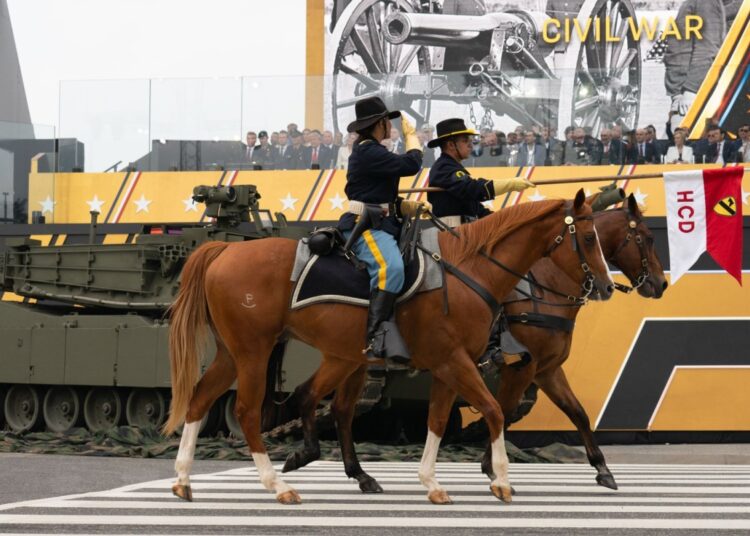The U.S. Army will consolidate its Military Working Equid program beginning in July 2025, ending ownership, operations and materiel support for horse, mule and donkey units at five installations while retaining caisson missions for national ceremonies.
Under the plan, programs will be wound down at Fort Irwin, California; Fort Huachuca, Arizona; Fort Riley, Kansas; Fort Sill, Oklahoma; and Fort Cavazos, Texas (formerly Fort Hood). The service said concentrating remaining equid capabilities with The Old Guard’s caisson units in the Military District of Washington and at Joint Base San Antonio, Texas, will reduce costs and keep ceremonial duties intact.
The Army framed the move as part of a broader effort to align resources with warfighting capability and readiness. Officials said the consolidation is expected to save about $2 million annually and allow both funding and personnel currently dedicated to equid programs to be redirected to operational priorities.
Military Working Equids—horses, mules and donkeys owned by the Department of Defense and housed on Army posts—support ceremonial missions and, at some installations, heritage and community outreach activities. The change will affect units such as the 1st Cavalry Division Horse Detachment at Fort Cavazos.
To manage the drawdown, installation commanders will have up to one year to transfer, facilitate adoption, or donate animals to vetted owners in accordance with federal law. Oversight of transfers will be provided by the Army Surgeon General’s Military Working Equid Task Force, a panel of equine veterinary experts charged with ensuring animals are placed with appropriate recipients.
Army officials said they will maintain high standards of care for equids that remain in service during and after the transition. The Old Guard’s caisson units, which conduct military funerals and other high-profile national ceremonies, will continue to operate in the National Capital Region and at Joint Base San Antonio.





